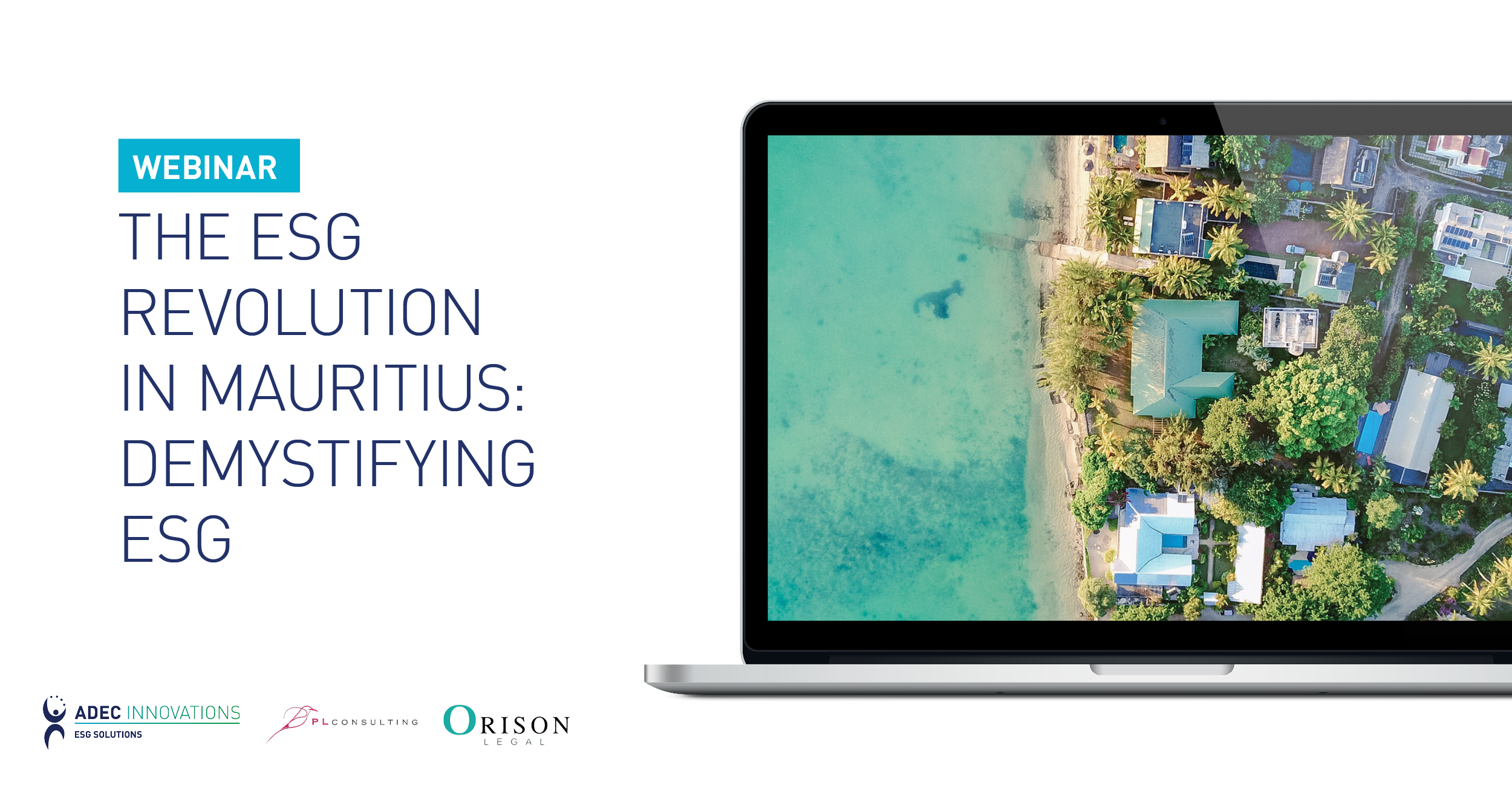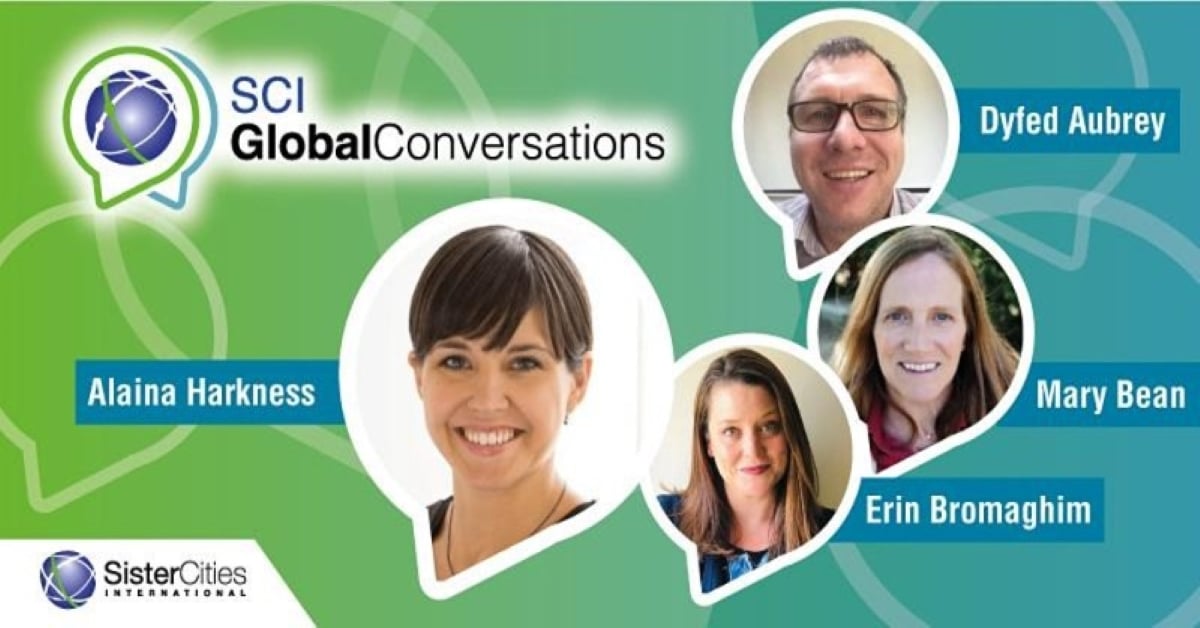Why Businesses Need a Single Standard for Reporting on their Sustainable Development Goals (SDGs) Initiatives
Current World Progress on Sustainable Development Goals Reporting Many businesses are working towards achieving the Sustainable Development Goals (SDGs). According to the 2017 United Nations Global Compact Progress Report, 75 percent of firms report that they “are taking action on the [SDGs].” Approximately 69 percent of CEOs take part in the creation and monitoring of sustainable development strategies and policies. The top five SDGs that companies focus on are Goal 8 (Good Jobs and Economic Growth), Goal 3 (Good Health and Wellbeing), Goal 5 (Gender Equality), Goal 4 (Quality Education) and Goal 12 (Responsible Consumption).

By Jessica Wang
March 13, 2018
Current World Progress on Sustainable Development Goals Reporting
Many businesses are working towards achieving the Sustainable Development Goals (SDGs). According to the 2017 United Nations Global Compact Progress Report, 75 percent of firms report that they “are taking action on the [SDGs].” Approximately 69 percent of CEOs take part in the creation and monitoring of sustainable development strategies and policies. The top five SDGs that companies focus on are Goal 8 (Good Jobs and Economic Growth), Goal 3 (Good Health and Wellbeing), Goal 5 (Gender Equality), Goal 4 (Quality Education) and Goal 12 (Responsible Consumption).
However, the UN Global Compact contends that “there is no single, uniform methodology for measuring and reporting business progress and impacts on the SDGs.” Many businesses continue to use reporting standards that were created before the advent of the SDGs. Consequently, their evaluation and reporting of SDG-related programs are inconsistent and incomplete. While 75 percent of businesses report action on the SDGs, only 58 percent and 15 percent gauge the impact of their actions on the environment and human rights, respectively. This finding can put into question the effectiveness of businesses’ SDG-related initiatives, potentially resulting in unaddressed sustainability issues, wasted resources, and tarnished corporate reputations.
A Unifying Step in Reporting SDG Developments - Business Reporting on the SDGs: An Analysis of the Goals and Targets
Business Reporting on the SDGs: An Analysis of the Goals and Targets (An Analysis of the Goals and Targets) is an inventory developed by the UN Global Compact and the Global Reporting Initiative (GRI). It offers a three-pronged approach to corporate reporting on the SDGs. First, it identifies certain steps businesses can take to contribute to a particular SDG. Second, it provides a list of information that companies must disclose, as well as indicators that can be used as references. Third, it recognizes the gaps that may arise due to the unavailability of disclosures. By referring to recommendations and insights drawn from An Analysis of the Goals and Targets, businesses can develop effective SDG-related programs, as well as accurately assess and report the progress of these programs.
Suppose an organization wants to work towards Goal 5’s Target 5.5 (“Ensure women’s full and effective participation and equal opportunities for leadership at all levels of decision-making in political, economic and public life”). An Analysis of the Goals and Targets has several suggestions on how this can be achieved, including “[Investing] in female leadership programs, to help enable women to progress in their careers, and expand and develop their leadership skills.” An organization can use this suggestion as a basis for its new gender equality initiative.
But how can an organization measure whether or not its gender equality program is effectively contributing to Goal 5’s Target 5.5? An Analysis of the Goals and Targets has a list of recommended disclosures, including:
- Total workforce, with breakdown by employment type, contract and gender
- Number of female board members
- Female share of employment in senior and middle management
By providing information on these metrics, organizations can measure the effectiveness of its gender equality initiatives in achieving Target 5.5. To further enhance the effectiveness of its gender equality initiative, organizations can also align it with more focused IAEG-SDG indicators 5.5.1 (“Proportion of seats held by women in (a) national parliaments and (b) local governments”) or 5.5.2 (“Proportion of women in managerial positions”).
Possible gaps (“Compliance with non-discrimination policies across their supply”) can potentially lead to further SDG-related business disclosure. One possible reason for gender inequality in the workplace is non-compliance with existing anti-discrimination policies. Executives can therefore check if their organization’s non-discrimination policies are being implemented, as well as disclose how these are being implemented. Doing so can improve gender equality in their business.
A Single Standard for a Single Goal: Achieving the SDGs
A follow up document to An Analysis of the Goals and Targets is expected to be released in 2018. This document, A Practical Guide to Defining Priorities and Reporting, will “offer a structured approach to help businesses prioritize and report on relevant targets, using [An Analysis of the Goals and Targets] to drive action.” These two documents could pave the way for the establishment of a single standard for business reporting on the SDGs. An Analysis of the Goals and Targets specifies what businesses must do to effectively improve, evaluate and report their SDG-related programs. A Practical Guide to Defining Priorities and Reporting helps companies identify, focus and report on the targets that are relevant to their businesses.
Businesses need a single standard for reporting on the SDGs. Such a standard streamlines the process in determining whether a business’ SDG-related initiative is effective or not. And if an initiative is revealed to be ineffective, then a company can immediately take steps to improve it. As a result, businesses will be more successful in contributing to the achievement of the SDGs, maximizing their resources and boosting their corporate reputation.
ADEC Innovations is a leading provider of ESG solutions, with expertise in delivering fully-integrated consulting, software and data management services. To stay current on global sustainability issues, subscribe to our monthly newsletter, GreenWatch.
Related Articles
Sustainability, SDGs, Sustainable Development Goals
By Kendal Moir on October 7, 2021
Webinar | Sustainable Development Goals | ESG | sustainable business
By Mary Bean on December 2, 2020
Sustainable Development Goals | Sister Cities International | Business resiliency
By George Lu on June 6, 2020
Sustainability | CDP | Sustainability Reporting | Scenario Analysis | TCFD
Be a sustainability leader.
Our team supports you no matter where you are on your Sustainability Journey. Talk to us today to learn more.





